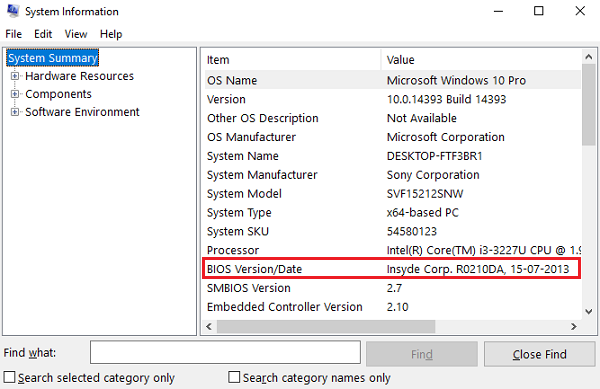Windows 11/10 users, at times, face issues that can get a little annoying after a while, especially when you see that a new fancy update brings just about as many new bugs as it fixes. The good thing is where there is a problem, there is a solution. If your laptop or battery has become, it may charge slowly – but some users have reported that they face this problem even on a new device. If your Windows 11/10 laptop is not charging or taking forever or a long time to charge, here are suggestions that could help you identify & fix the problem yourself before you take it to a technician.
Windows Laptop Battery charging slowly
The possible reasons could be:
- The battery is old or damaged
- The charger isn’t compatible with your PC.
- The charger isn’t powerful enough to charge your PC.
- The charger isn’t connected to the charging port on your PC.
Windows Laptop battery not charging
Here are a few things you could try to fix the Laptop battery not charging problem:
1] Perform Hard Reset
This solution usually works when the device (with a removable battery) charges slowly because it is constantly plugged in. Here is how to go about it:
- Switch off the power of the Windows device.
- Disconnect the charger and remove the battery from the device.
- Press and hold the power button for at least 30 seconds. This will discharge the motherboard’s capacitors and reset memory chips that were constantly active.
- Reinsert the battery, plug in and charge the device.
If this doesn’t work, try updating the BIOS.
Read: Laptop battery stuck at 0, 50, 99% charging
2] Update BIOS
If the charging issue typical to your device is reportedly fixed in a later version, update the BIOS. Here is how:

- Press Win key + R key to get to the Run window.
- Type msinfo32 and hit ‘Enter’.
- Check the BIOS version/Date info on the right pane of the System Information window. Note down the version.
- Check if this is indeed the latest available version for your model. If not, update the BIOS following the instructions on the support website.
If you don’t want to update BIOS or if it is already updated and yet the problem persists, check out the next point.
Related read: Battery shows being charged but battery percentage not increasing.
3] Battery calibration
If you do not systematically charge the battery, the irregular battery drainage and charging cycles can meddle with the charging function. You need to re-calibrate the battery, and here is how:
- Discharge the battery 100%.
- In the Off mode, leave the device on charge for about an hour more than the estimated time it would take to charge fully.
- With the charger plugged in, turn on the device to make sure it has fully charged.
- Disconnect the charger and use it as usual. Avoid charging until the charge is low and do not unplug before the device has charged completely.
Maintain this charging ritual, and the issue will not reappear. If however, battery calibration wasn’t the issue, go to method 4.
Read: How to charge your Windows laptop without an OEM charger.
4] Perform a Battery check
As the device ages, the battery performance will keep dropping. Use an app such as BatteryInfoView to monitor current battery performance with respect to its optimum capacity. Replace the battery if the battery is not performing up to the mark. You could also generate a Battery Health Report using the Power Efficiency Diagnostic Report Tool.
Fix: Laptop slow and lagging when charging
5] Perform a voltage check
If none of the above solutions worked, maybe every part of your device is fine, but the charger is not. To detect a faulty charger, perform a voltage test with a voltage tester or multimeter. If the voltage reading is lower than the original output printed, the charger needs to be replaced. Use another compatible charger on your device and see.
Read:
Points to consider according to Microsoft:
- The charging cable doesn’t meet the power requirements for the charger or PC.
- Some USB chargers, such as micro USB and USB-C chargers, use a proprietary charger. Therefore, your PC might only be able to use a charger from your PC manufacturer.
- A PC with USB-C connectors has higher power limits than a PC that doesn’t charge using a USB-C connection. USB-C can support up to 5V, 3A, 15W. If the connector supports USB Power Delivery, which is a standard, it can charge faster and at higher power levels.
- To get the fastest charging time, your PC, charger, and cable must support the industry standards. Your charger and charging cable must also support the PC’s power levels. For example, if your PC requires 12V and 3A for charging, a 5V, 3A charger won’t be the best.
Read: Disable PC isn’t charging or Slow charger warnings in Windows
Laptop is not charging while playing games
When the battery discharge rate is higher than the battery charge rate, it seems the battery is not charging even when plugged in. Such an issue is common while playing heavy graphics games. Some heavy graphics games draw more power than the charger is providing to the laptop battery to get charged. If you experience this issue, save your progress and close the game. Now, play another game and see what happens.
The only way to fix this problem is to get a high-power AC Adapter. This adapter will provide a sufficient amount of electric current to charge the laptop battery when you play games. To purchase a high-power AC Adapter, you must contact your laptop manufacturer to get the correct information; otherwise, you can damage your laptop battery or motherboard.
Related read that may help you: Laptop Battery Usage Tips & Optimization Guide for Windows.